Since the introduction of the first iPhone, we have already had a total of 15 generations of it here, that is, if we approach Apple's numbering, when we did not even get to see the iPhone 9, when, for example, Apple introduced the iPhone 8 and 8 Plus together with the iPhone X or subsequently the iPhone XS and XR in one year . But is the latest generation the best?
Of course yes. Each generation of iPhone Pro surpasses the year-old one because a lot happens in the technology industry in that year. We have here, if only slightly, an updated design with smaller display bezels, we have titanium instead of steel, we have USB-C instead of Lightning, and we have an Action button instead of a volume rocker. There is also a 3nm A17 Pro chip and other partial news, such as 5x zoom in the iPhone 15 Pro Max. But is that enough?
It could be interest you
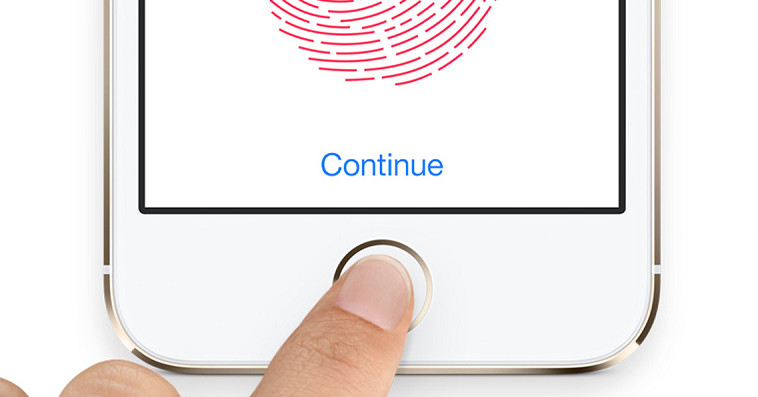
If you want the current best, then yes. There seems to be quite a lot of news on paper, especially with regards to the iPhone 14 Pro. But we have had more similar milestones in history, and even if the iPhone 15 Pro and 15 Pro Max can be ranked among those that brought more changes, they certainly did not bring the most in terms of year-on-year technological progress. You will also find a list of several generations of iPhones, which may still overshadow the current novelty with their progress.
iPhone 5
Apple used to change the design of its iPhones every two years, now it's three. The iPhone 5 also came with the essential. It got an "all-aluminum" body, which had only two small glass strips on the back to shield the antennas. Our display also increased, from 3,5 to 4", the outdated 30-pin connector was then replaced by Lightning, which lasted with us until this year's generation of iPhones. But Lightning was completely new, all Android competitors today have USB-C, so it was a significantly more impressive upgrade back then.
iPhone 6 and 6 Plus
Further enlargement arrived with the iPhone 6, which received a 4,7 and 5,5" display. We rounded off the design, the back had only two discreet stripes across the back. The larger model, in particular, stood out with one more unique feature, namely the optical image stabilization of the camera, which was unprecedented in mobile phones at that time. The displays should get bigger for us only next year with the iPhone 16 Pro generation, which may be more important for many than the current decent reduction of the bezels.
It could be interest you

iPhone X
By far the biggest shift in iPhone design and capabilities to date was its anniversary model celebrating a decade of these phones. The home button has disappeared, FaceID has been added in the cut-out of the 5,8" OLED display, and the rear cameras have also fundamentally changed. Ten years after the launch of the first iPhone, this was truly the most fundamental change that iPhones have ever undergone, and it can be assumed that if we ever see another such big change, it will have to be in the case of the flexible iPhone.
iPhone 11 Pro (Max)
These were the first iPhones that Apple began to label with the Pro moniker. The company was clearly targeting cameras here, when we already had three here, including the ultra-wide-angle one. Here we also met the LiDAR scanner for the first time. The iPhone 11, on the other hand, lost the telephoto lens and got this one with a wide shot of the scene.
iPhones 12 although they brought a mini model, it was not a success. iPhone 13 then reduced the display cutout and the 13 Pro models received ProMotion technology, iPhones 14 For they brought Dynamic Island. The history of iPhones is already quite rich and everyone can consider a different one as the flagship model. There is no doubt that this year's innovations are the most equipped and simply great, but will they be remembered in the future in the same way as the generations mentioned here?
 Adam Kos
Adam Kos 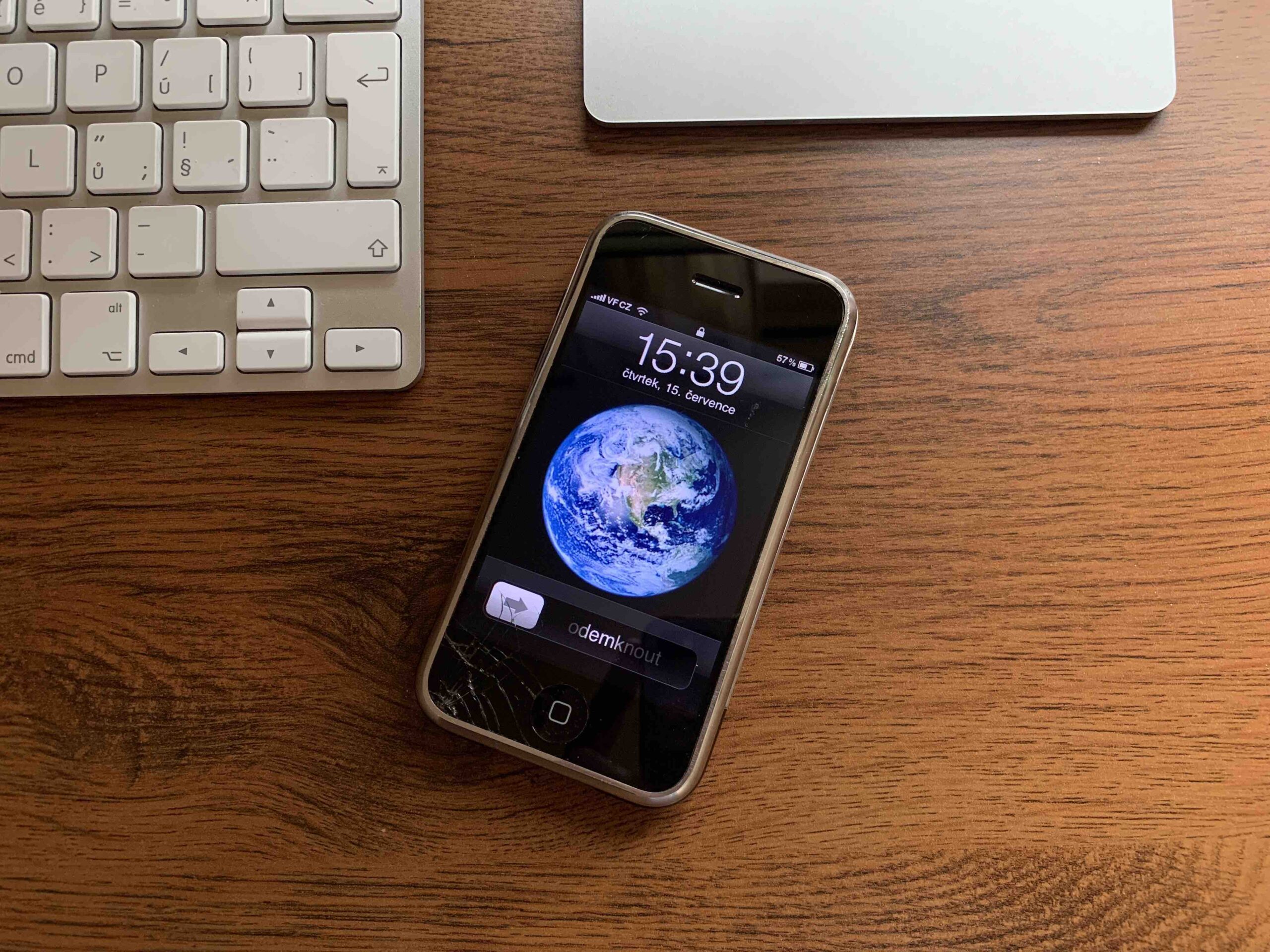

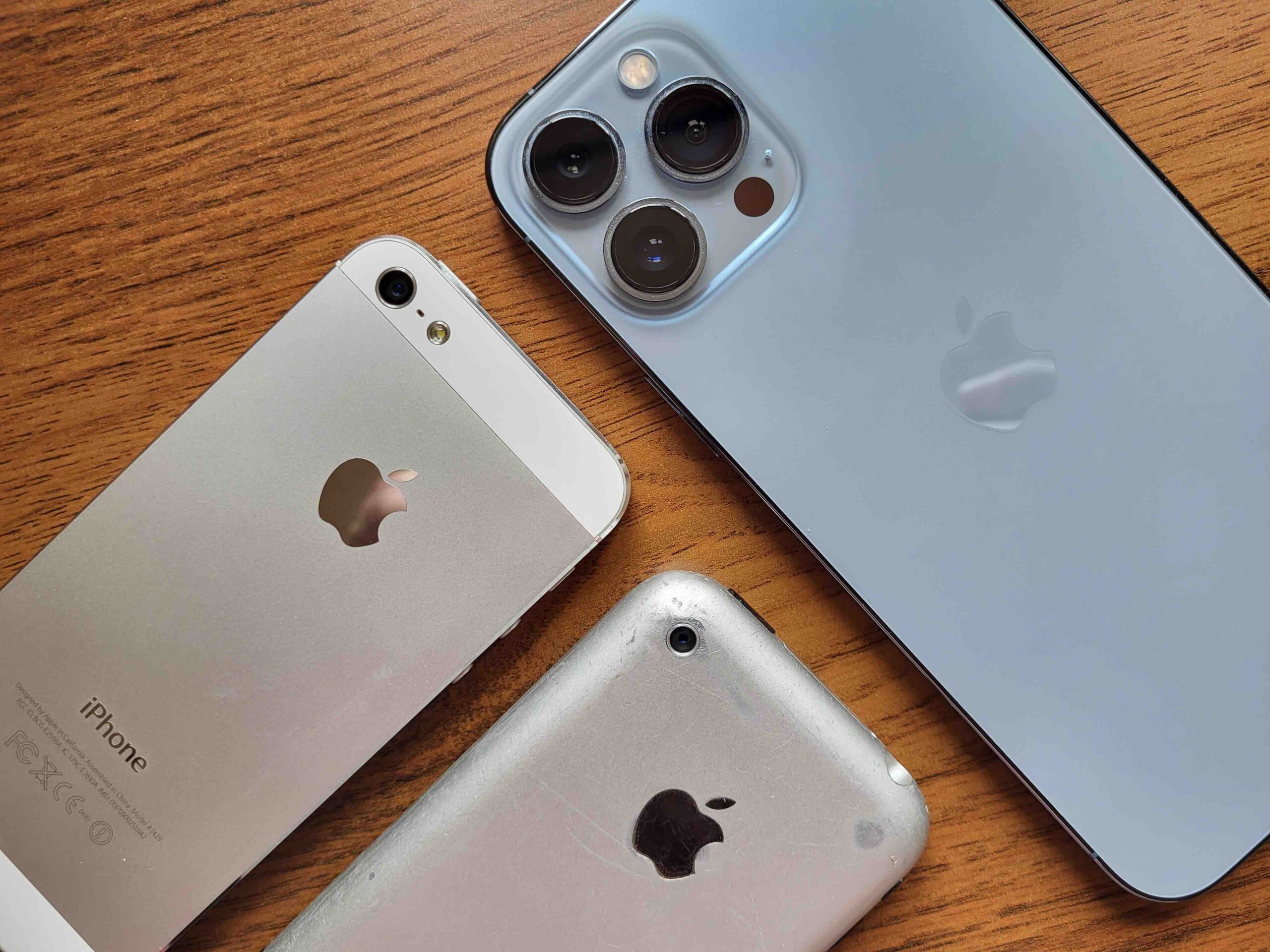
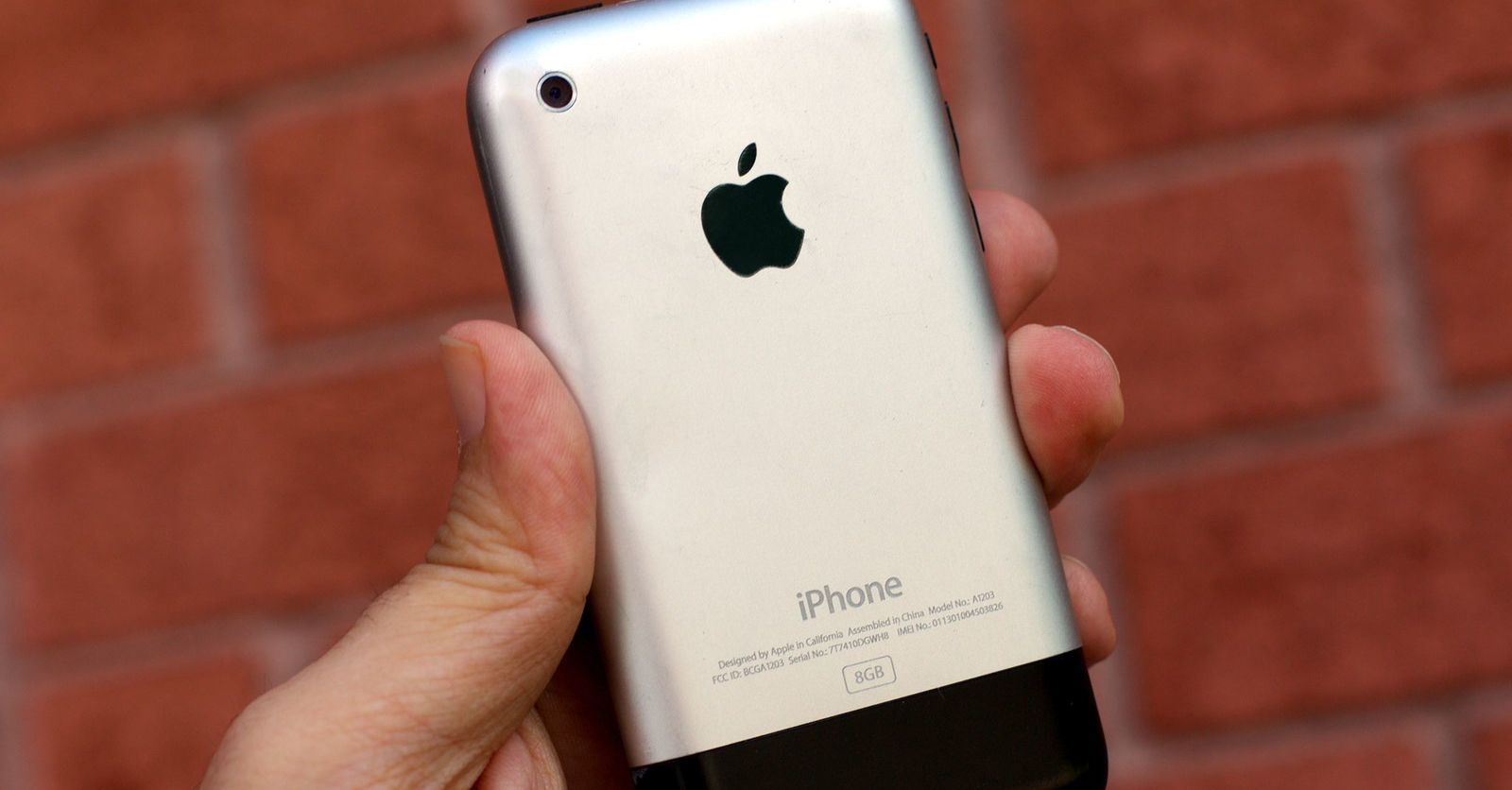

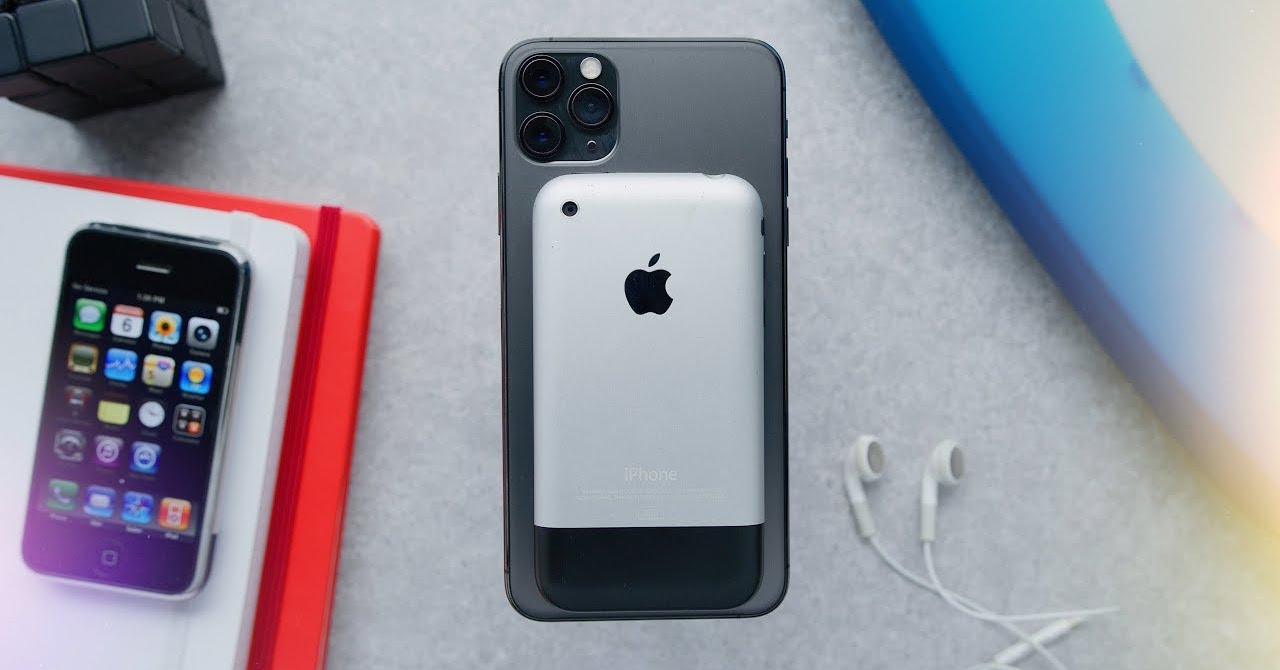
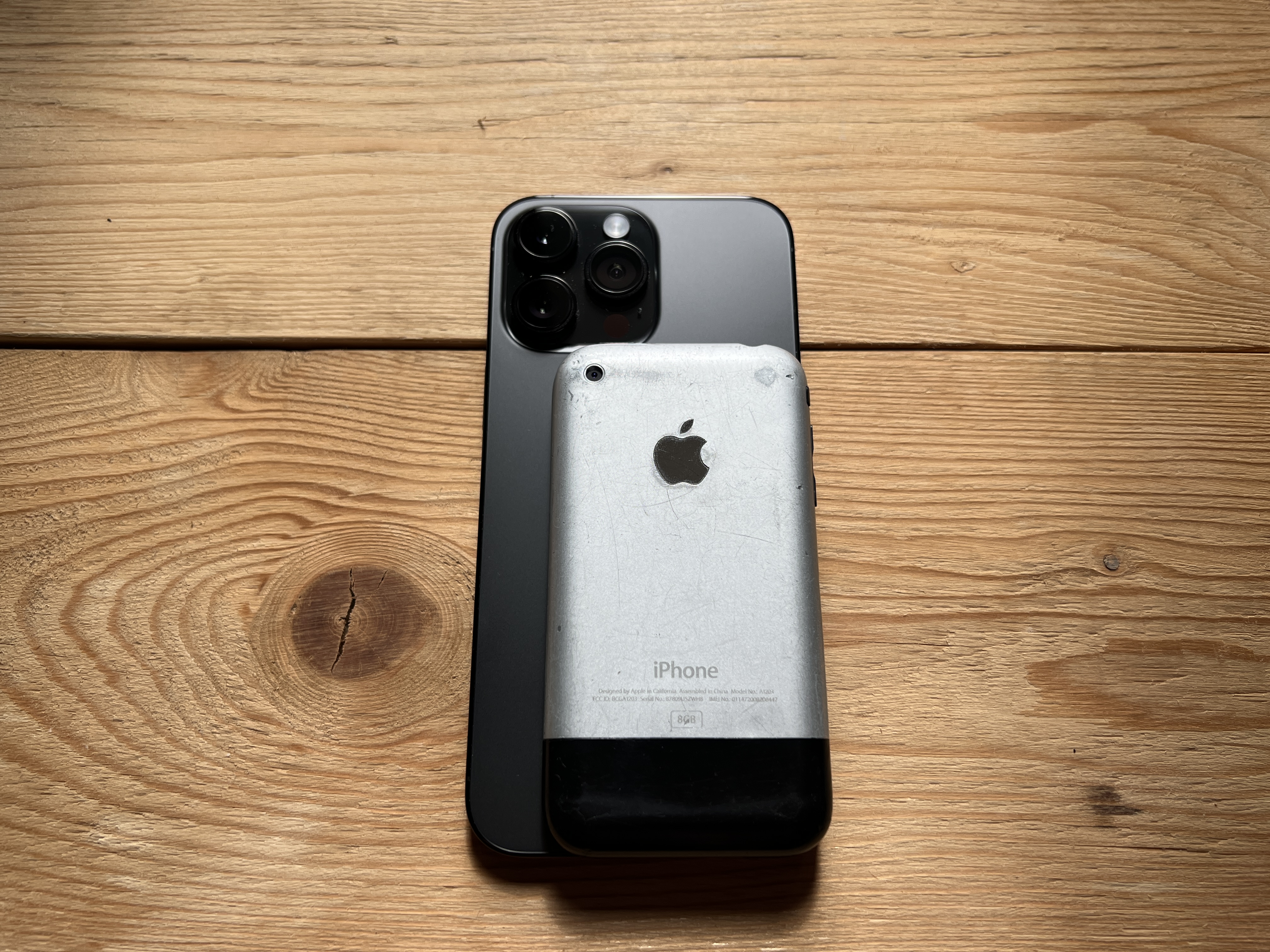
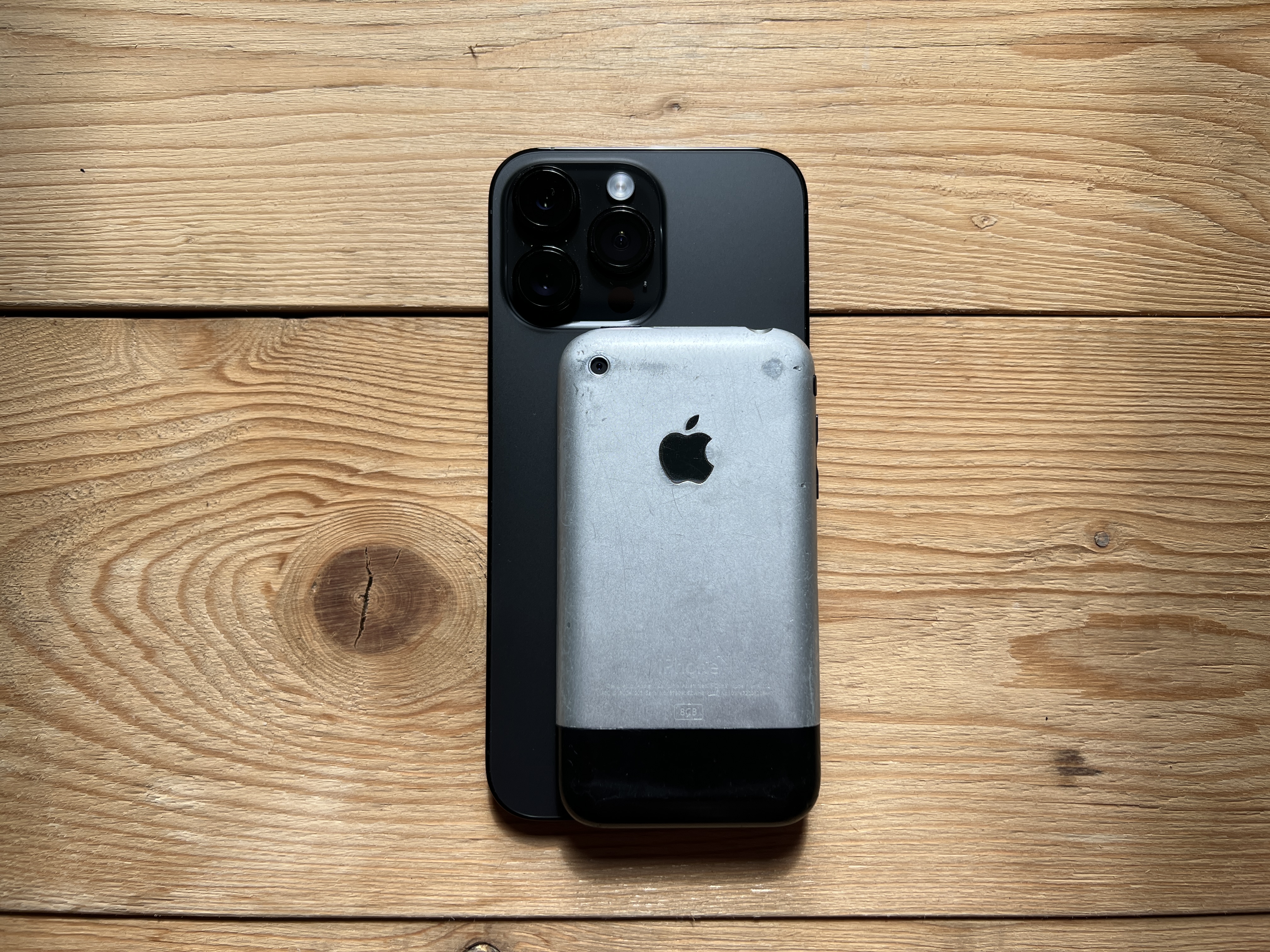

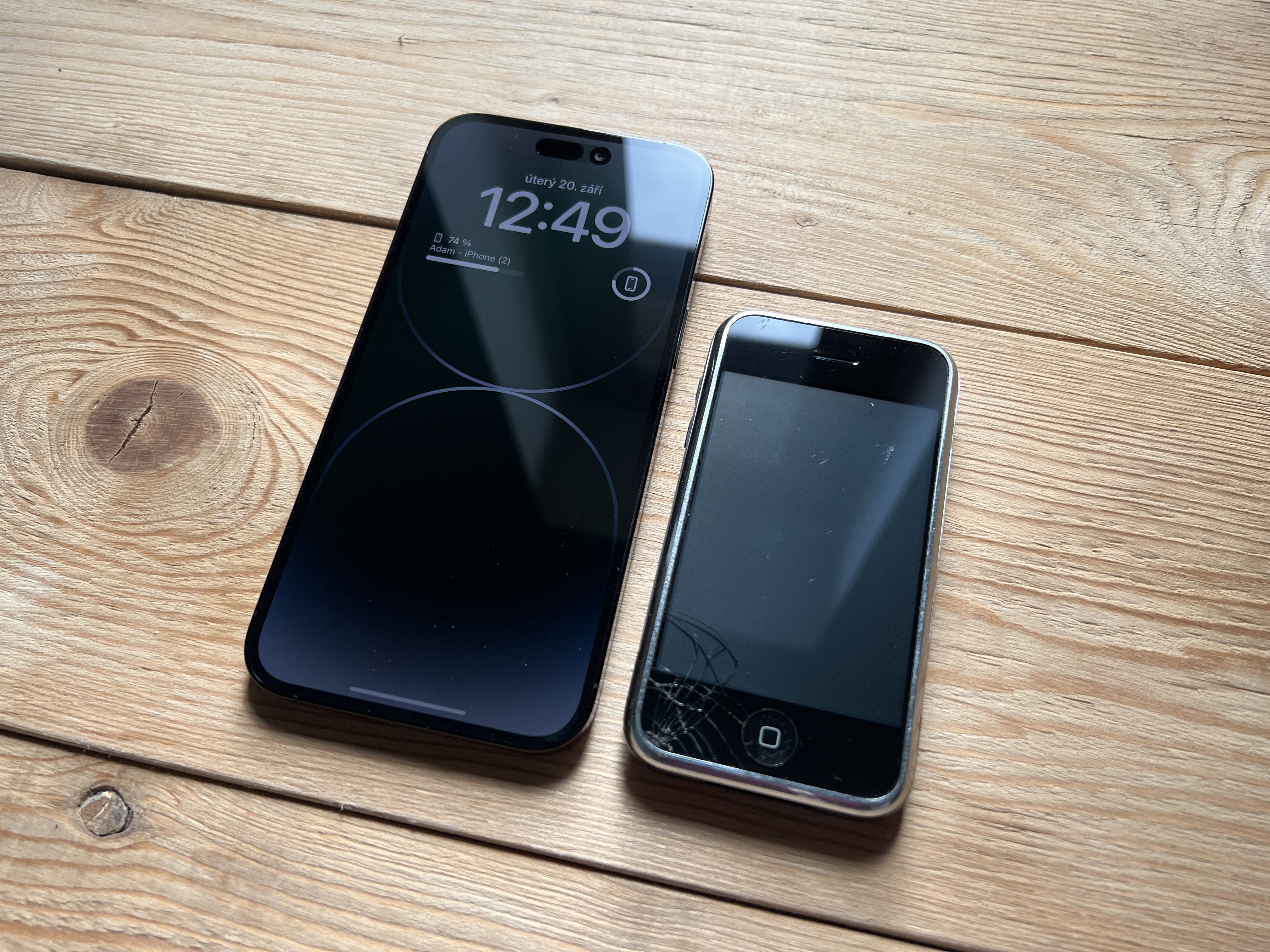
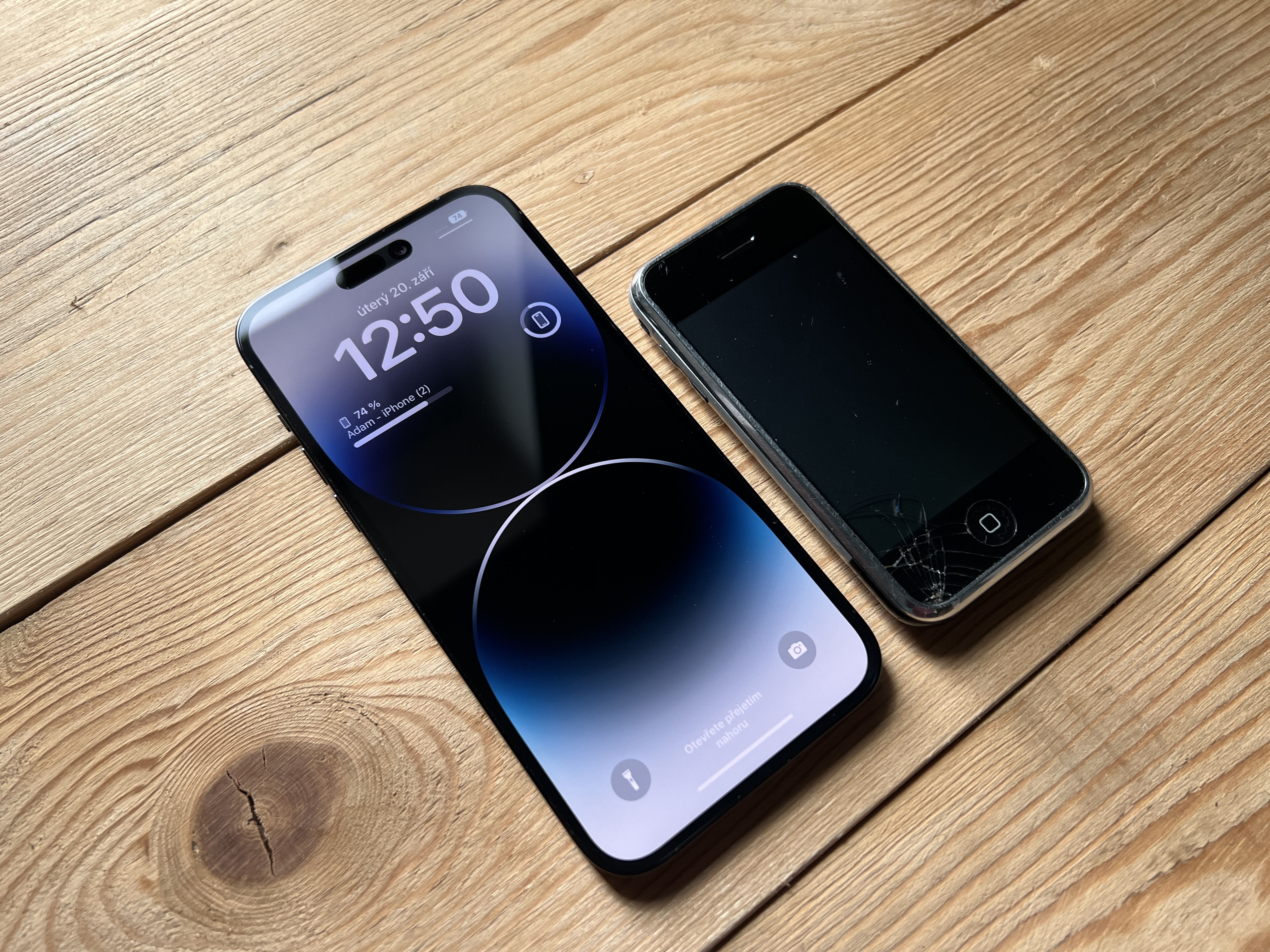
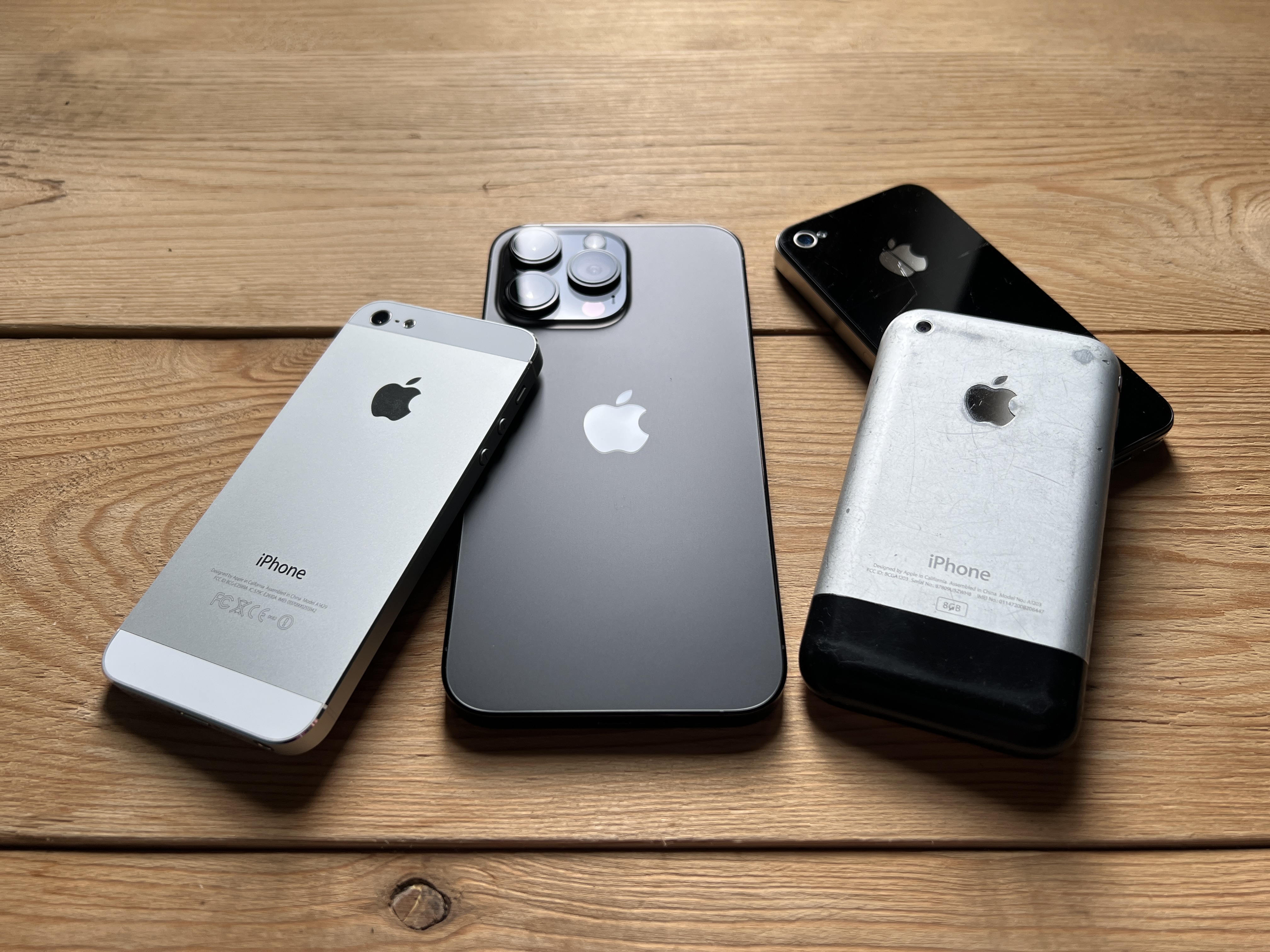
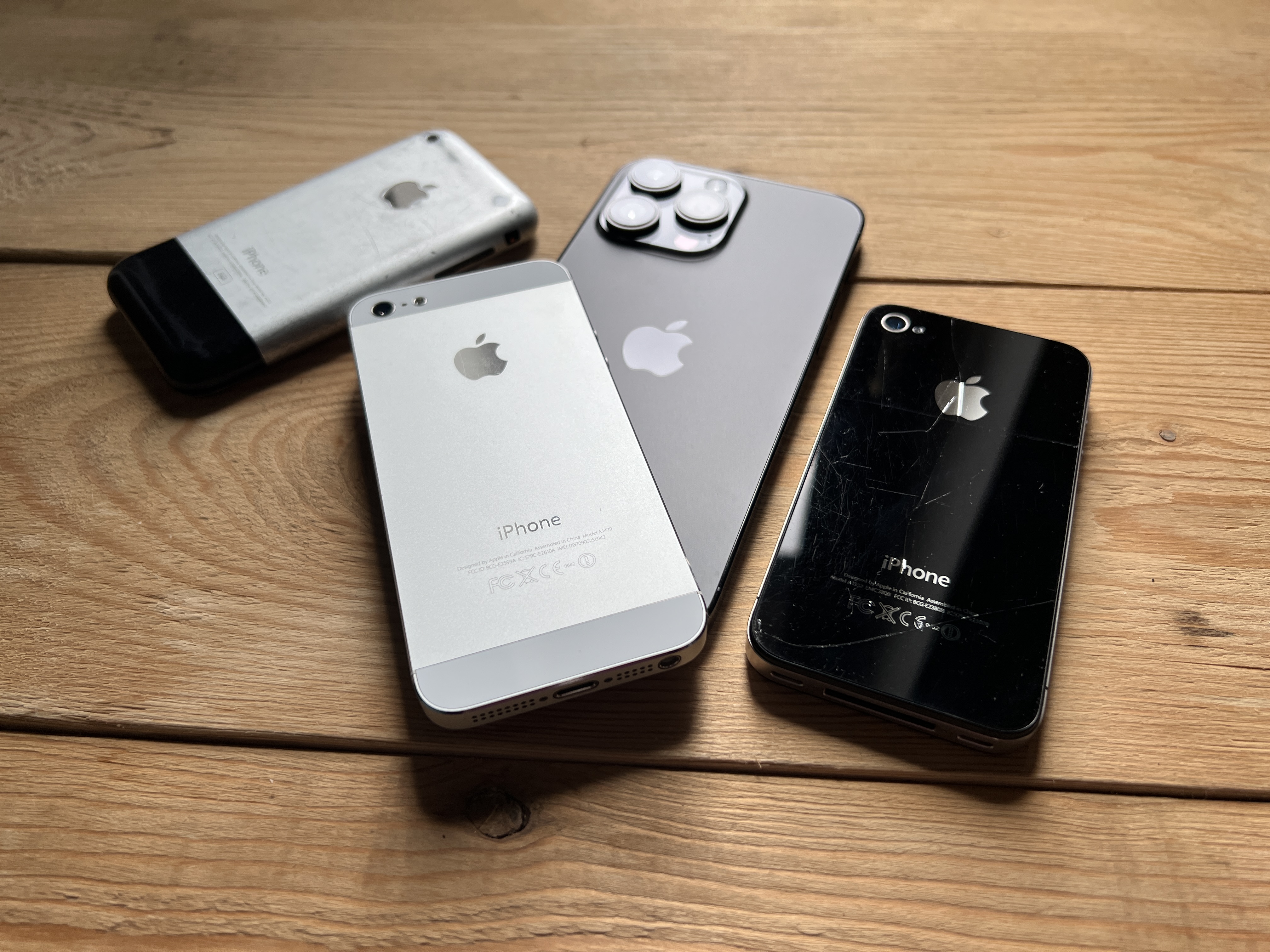


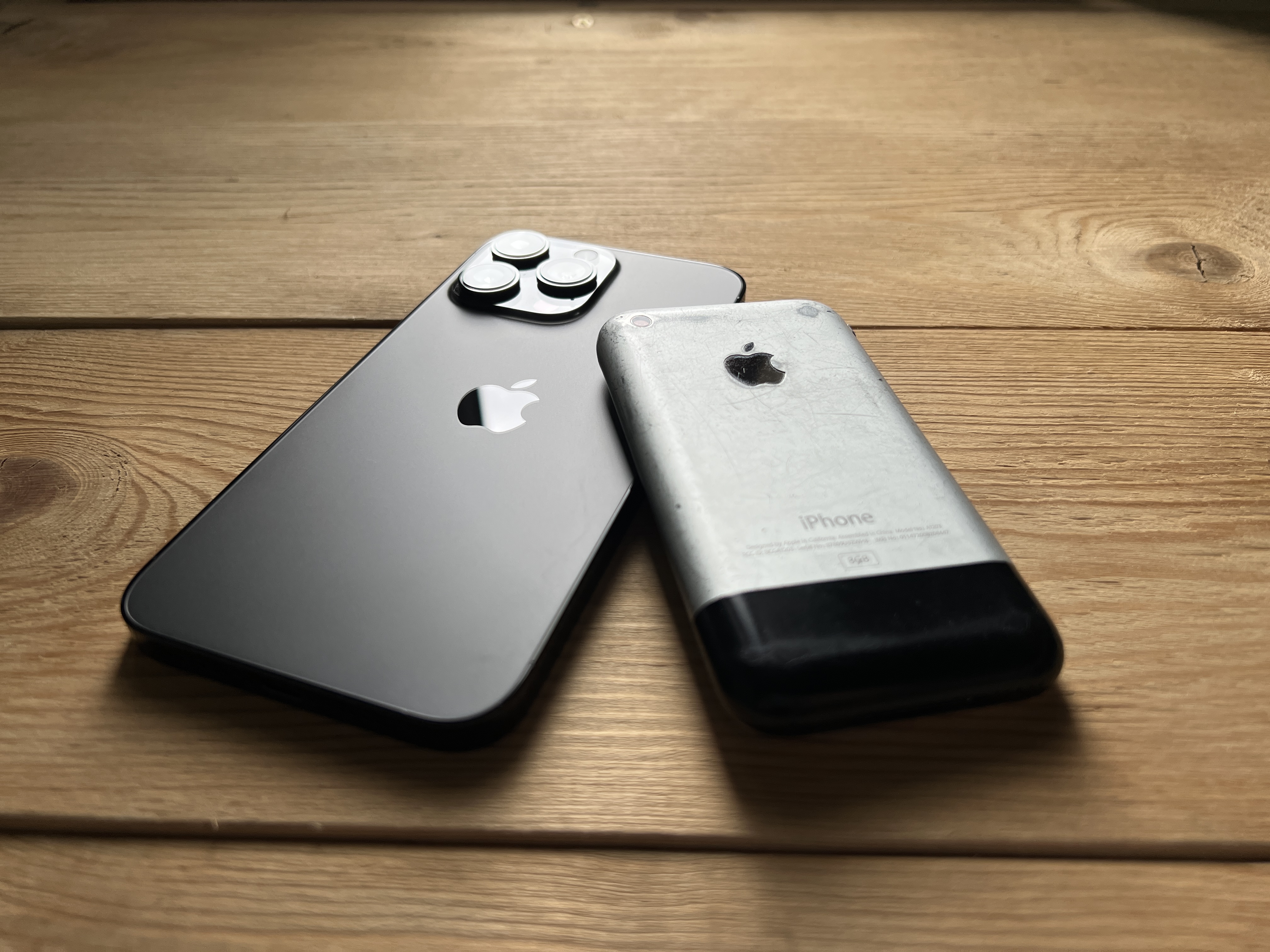


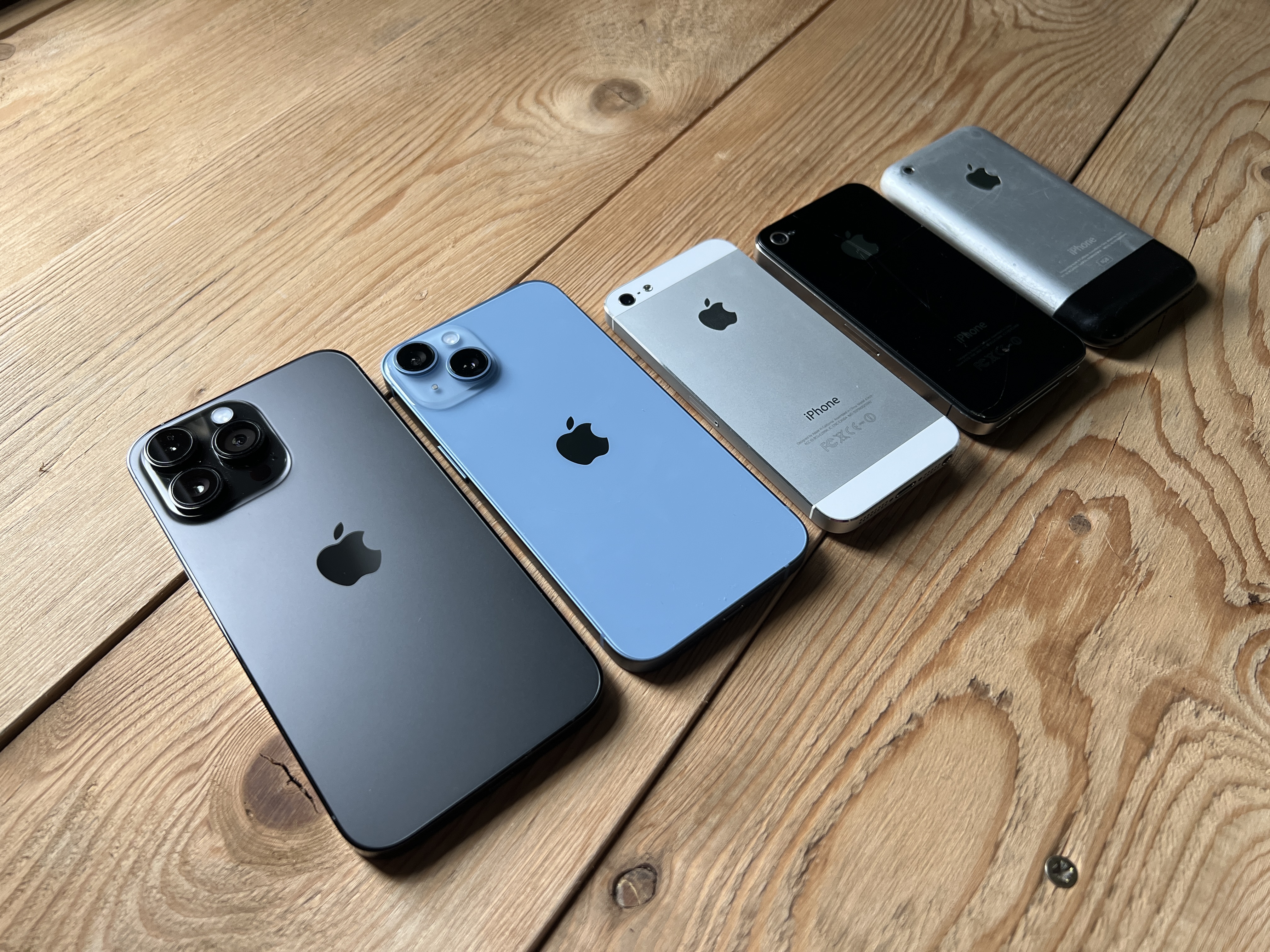





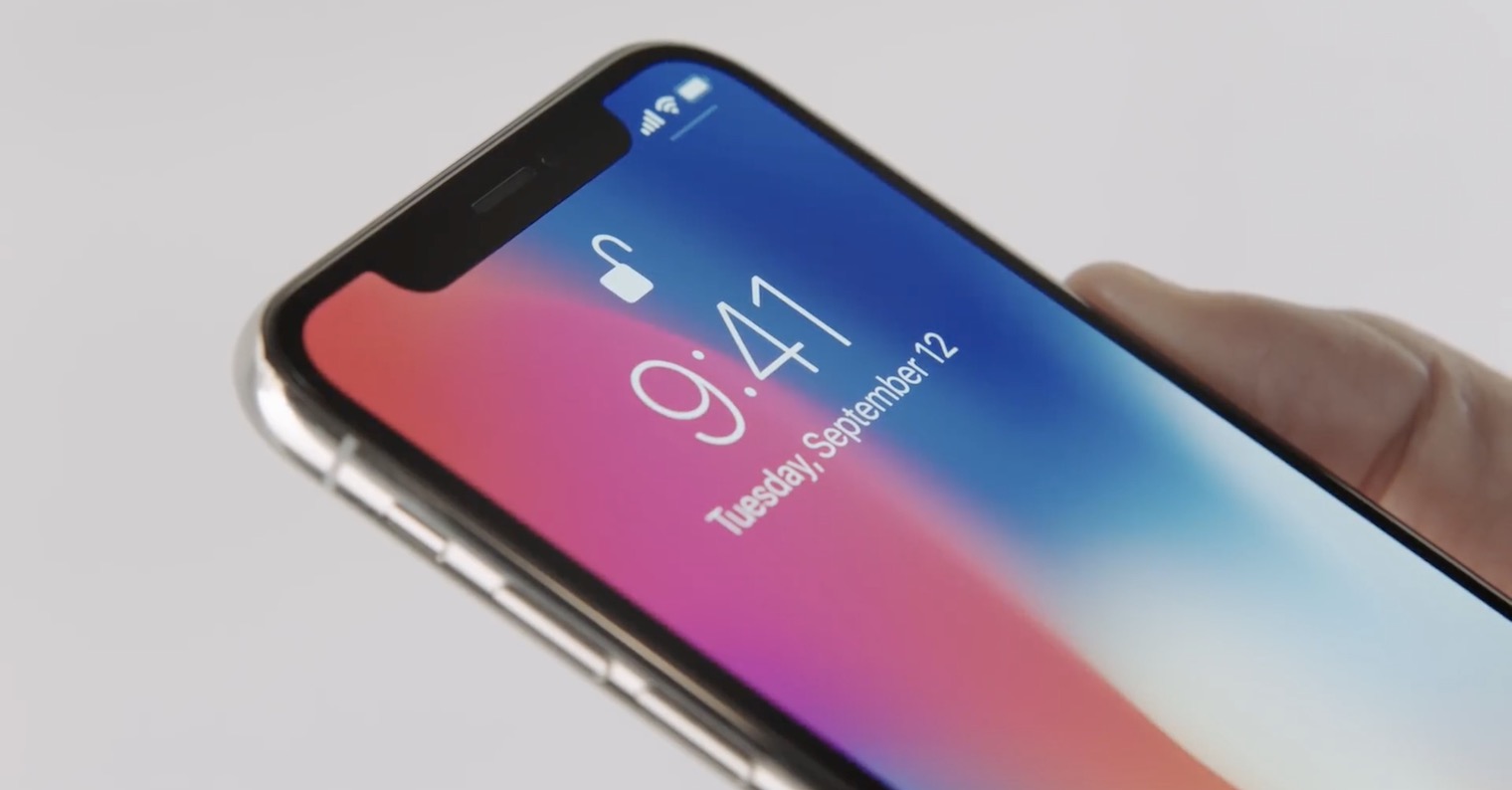
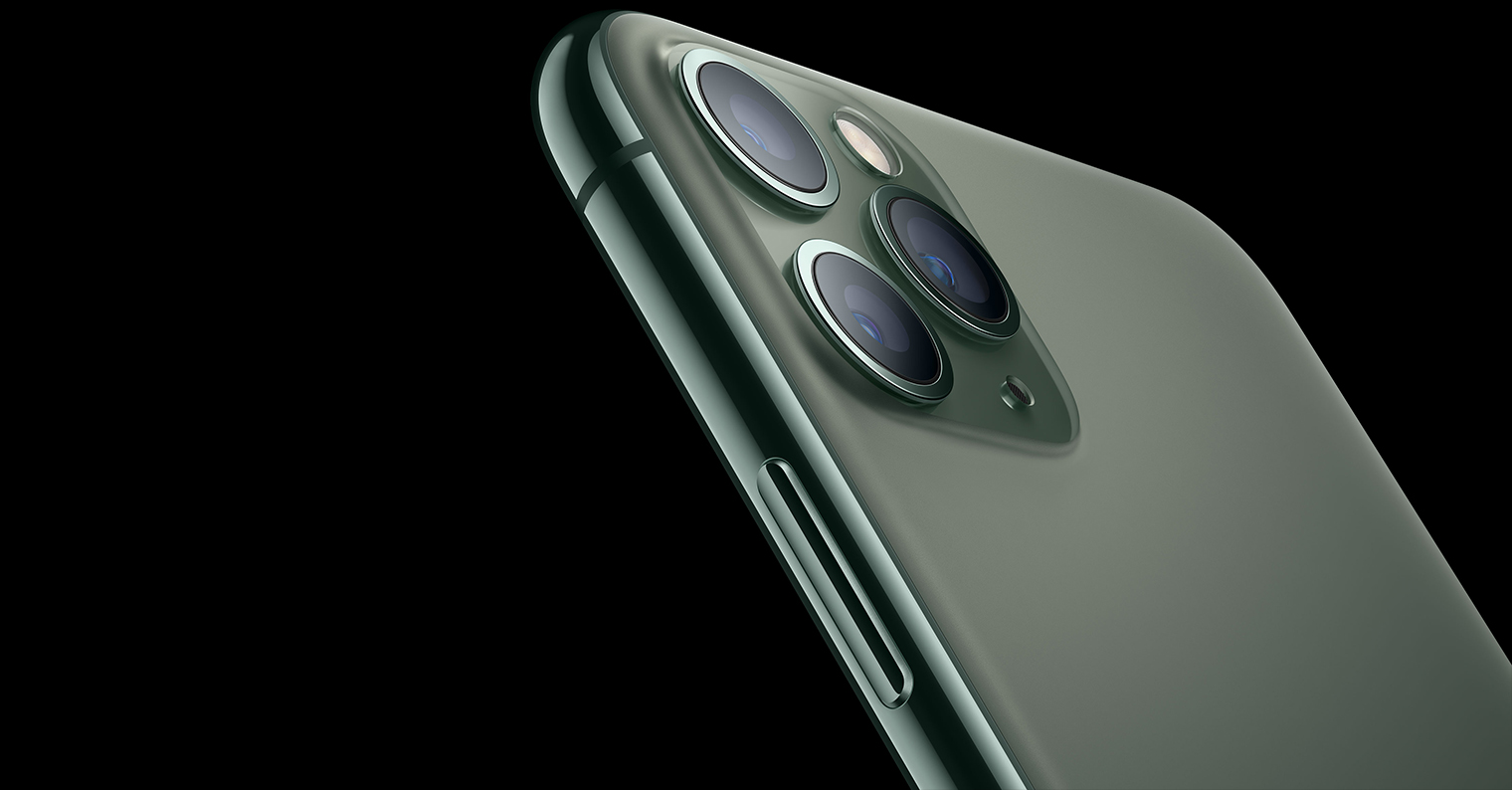
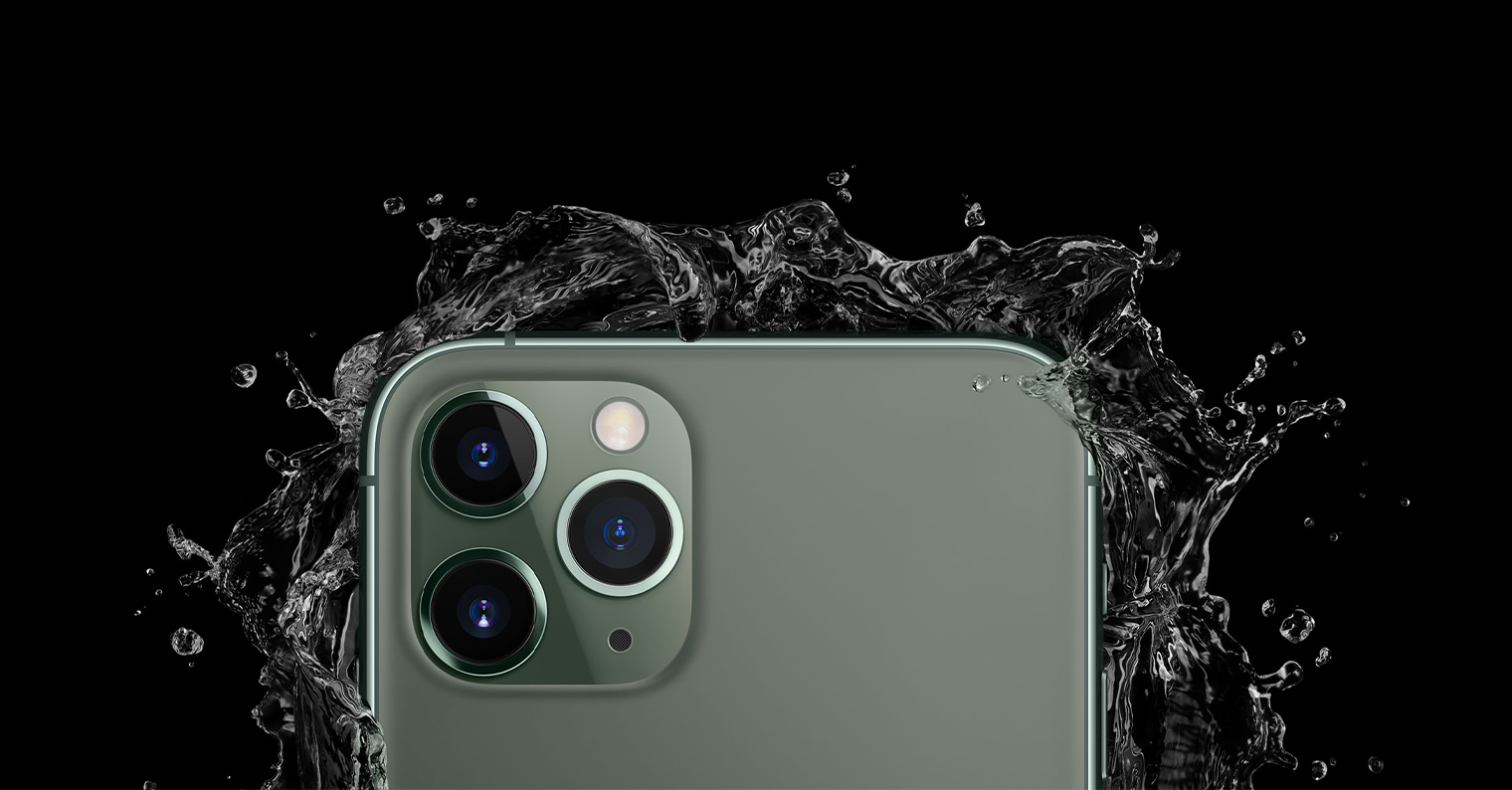
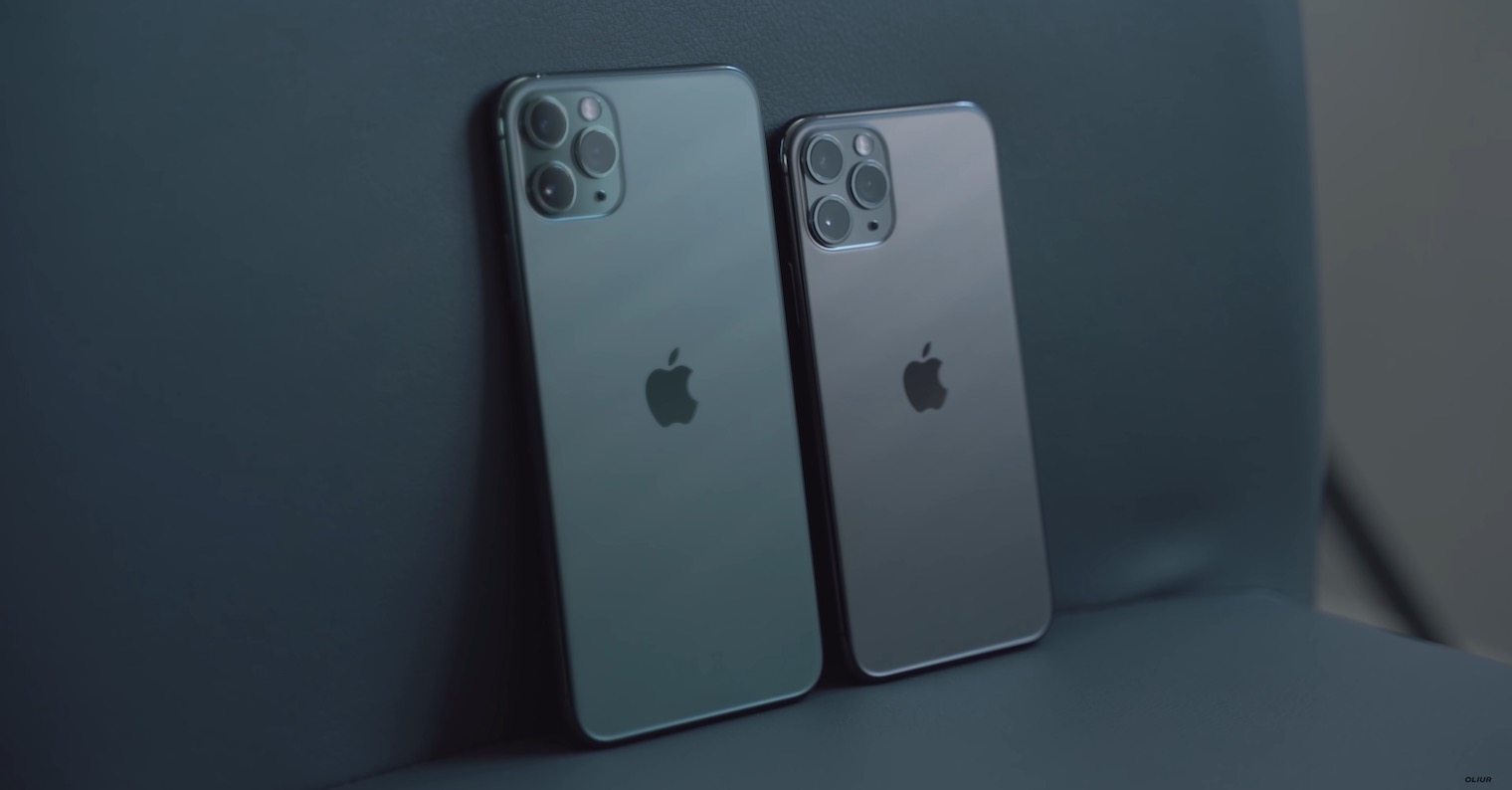
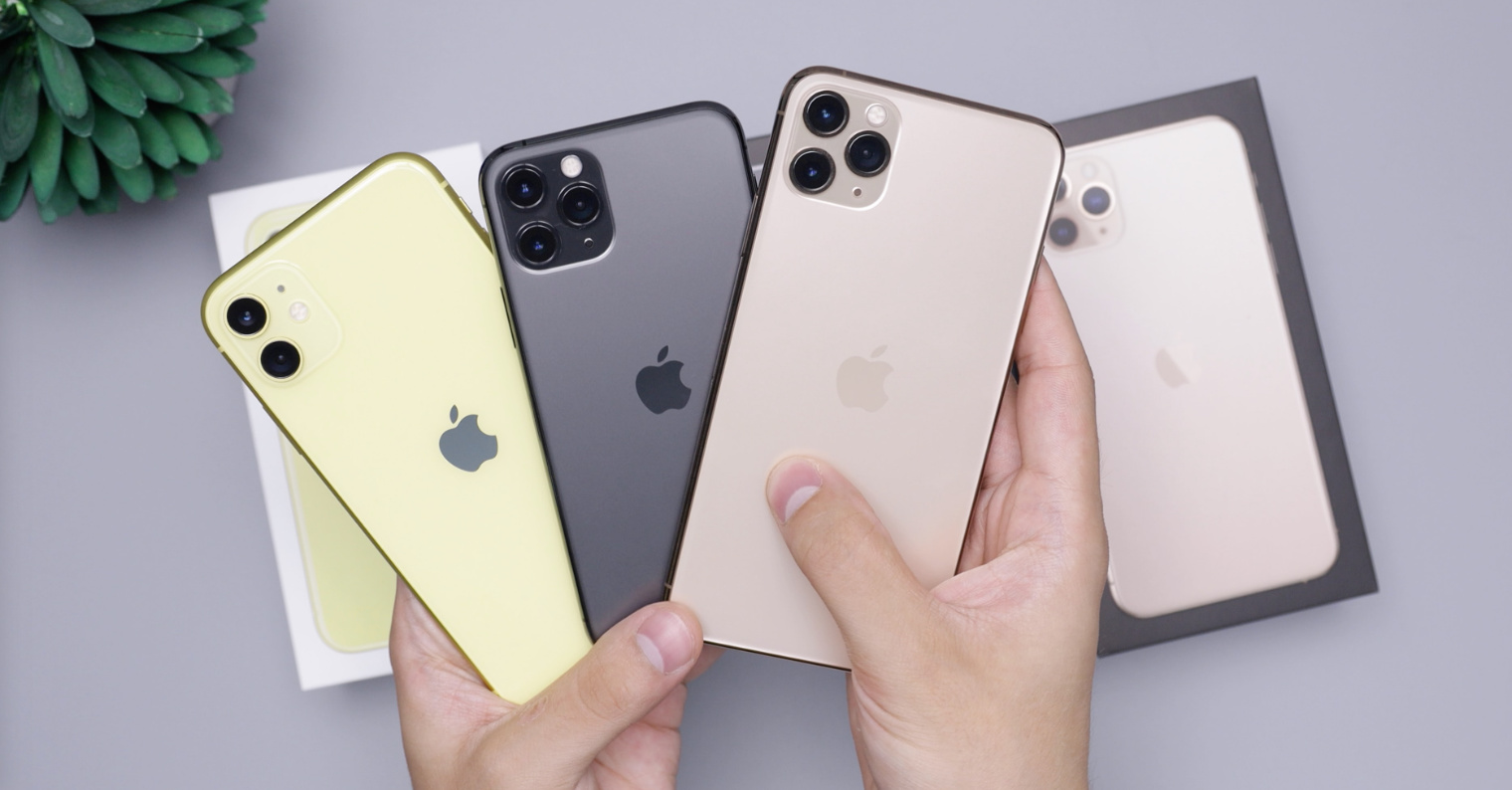
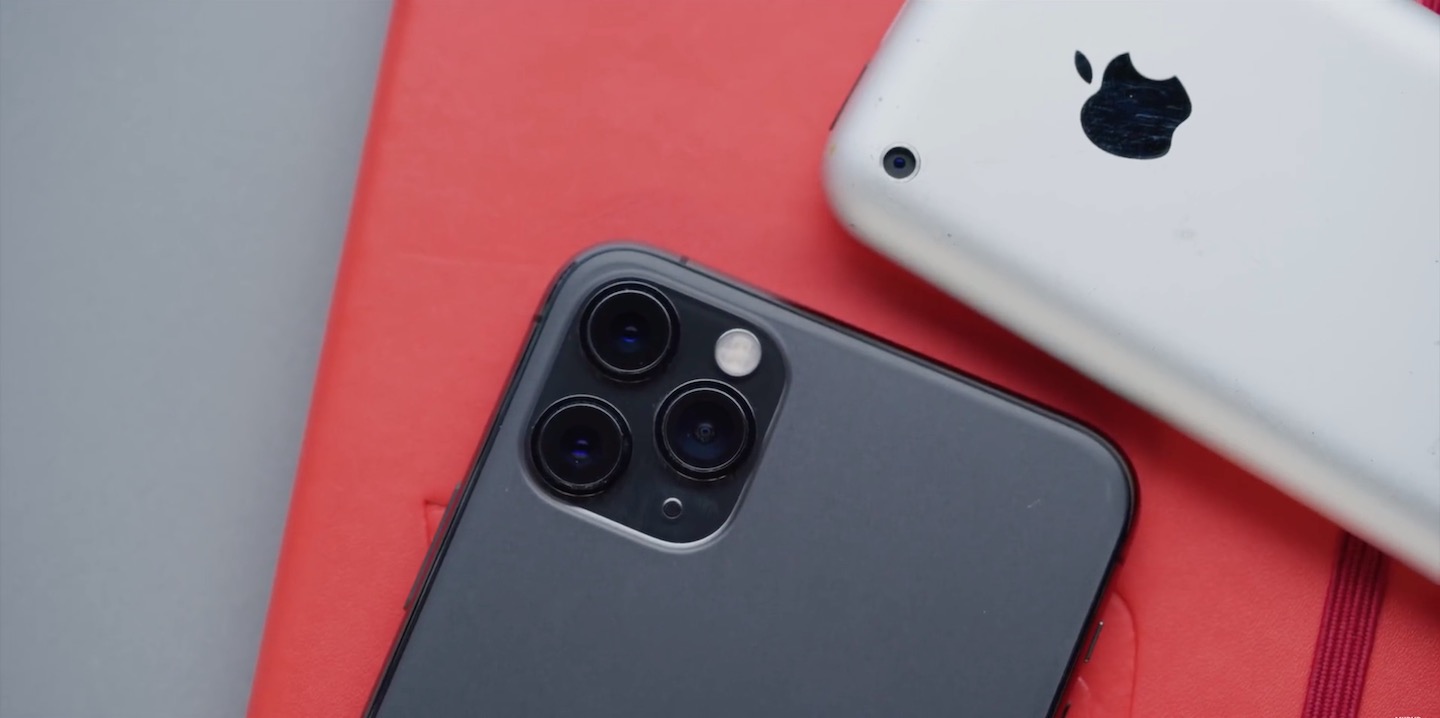
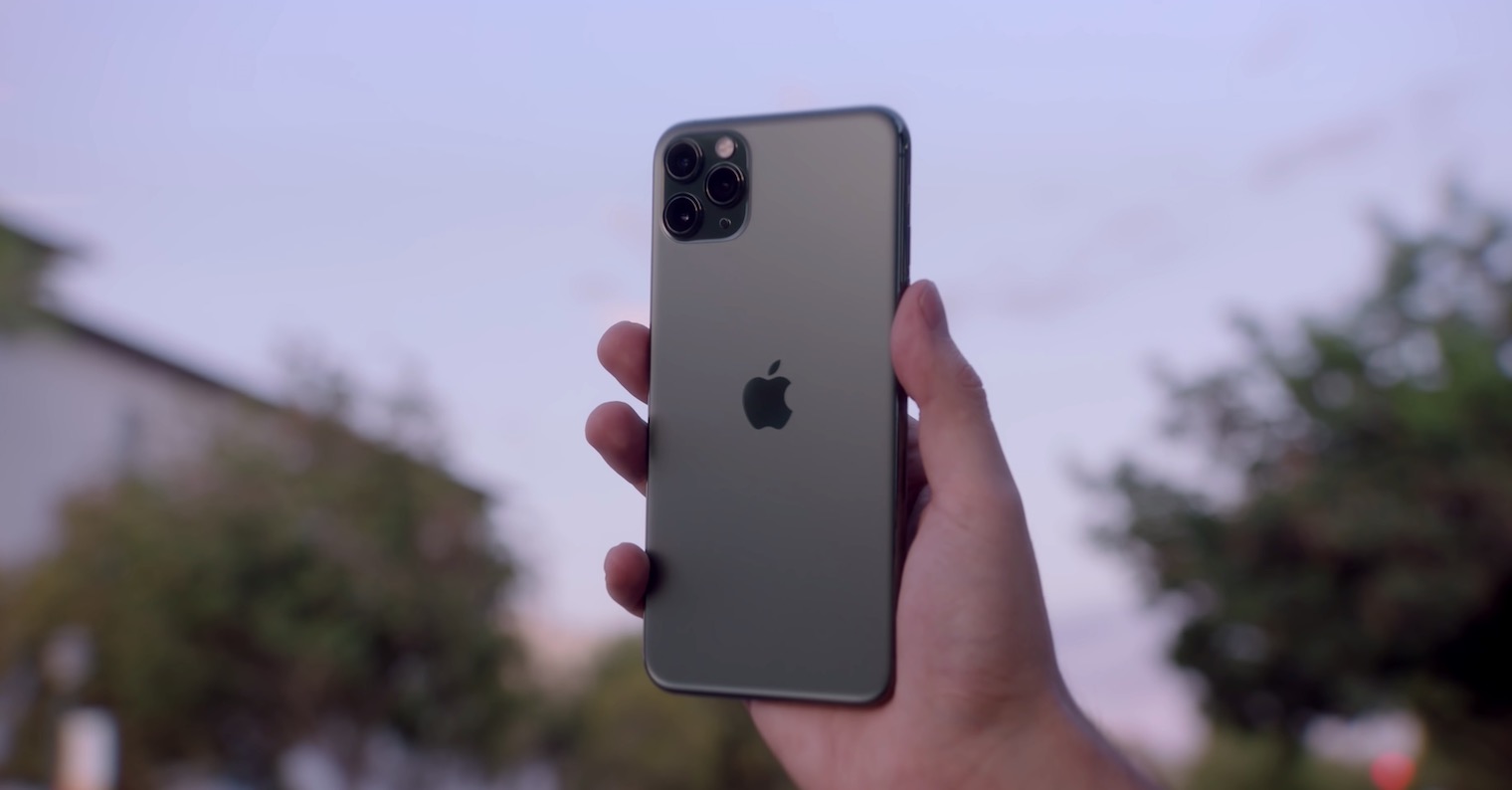
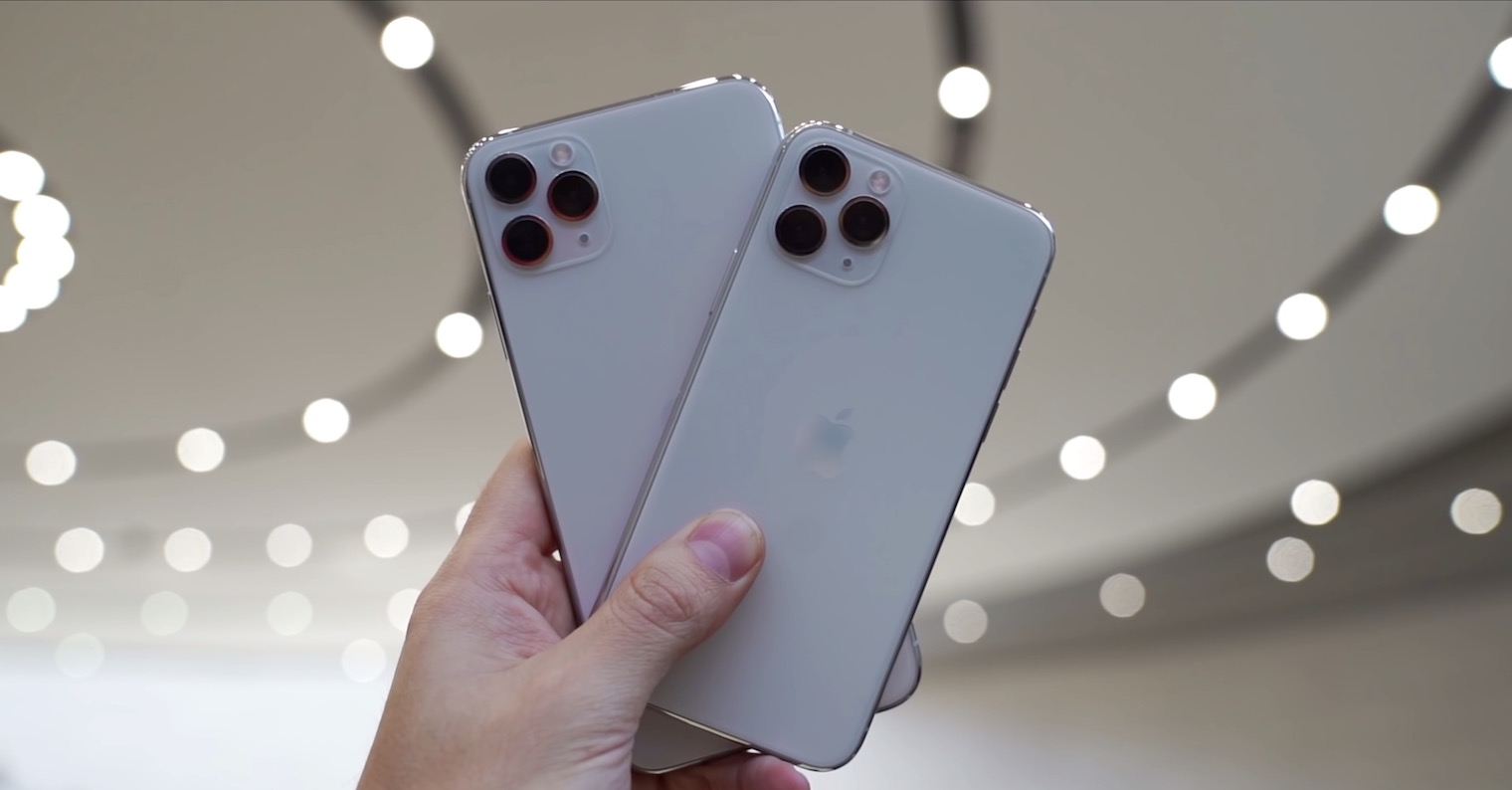
please what are the paper news of which there seems to be quite a lot?? i switched from ip 14 for silver to 15 for silver and apart from the new buttons, the bezel (useless, i use the cover) and the charger i didn't notice anything new
I went back to iOS after years and I'm staying
I bought through an ad for 5000! iPhone 11 ProMax 64GB and it's in pristine condition as out of the box, as a bonus the new tempered glass on the display is a great buy for the money, although the support will probably end in some time, but it doesn't bother me too much and even then it will still be usable for a long time before I buy a newer one.
I honestly don't know what the purchase of 12,13,14, 15, 64 or XNUMX nights would bring me, it doesn't bring any extra, and XNUMXGB is more than enough for me personally, I'm not even half full